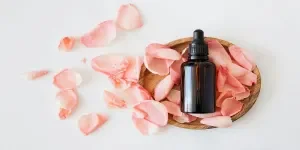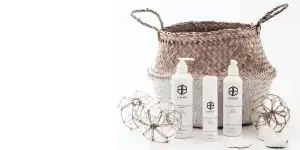Table of Contents
● Introduction
● Main Types and Usage of Sanitary Napkins
● The sanitary napkins market in 2025
● Key Considerations for Selecting Sanitary Napkins
● Leading Products and Their Distinct Features
● Conclusion
Introduction
Selecting the right sanitary napkins is crucial in today’s market, where comfort and reliability directly impact health and well-being. These products are designed to provide effective protection during menstruation, ensuring that users feel secure and confident. As options diversify—ranging from traditional disposable pads to eco-friendly reusable alternatives—understanding the features and benefits of each type becomes essential. Factors such as absorbency, materials, and sustainability play a significant role in influencing choices. With the rise of informed consumers and a greater focus on environmental responsibility, the selection of sanitary napkins in 2025 is set to reflect broader societal values, ultimately shaping user experiences and expectations in this essential category.
A brief overview of the importance of selecting the right sanitary napkins in contemporary settings and the factors influencing choices in 2025.
Main types and usage of sanitary napkins
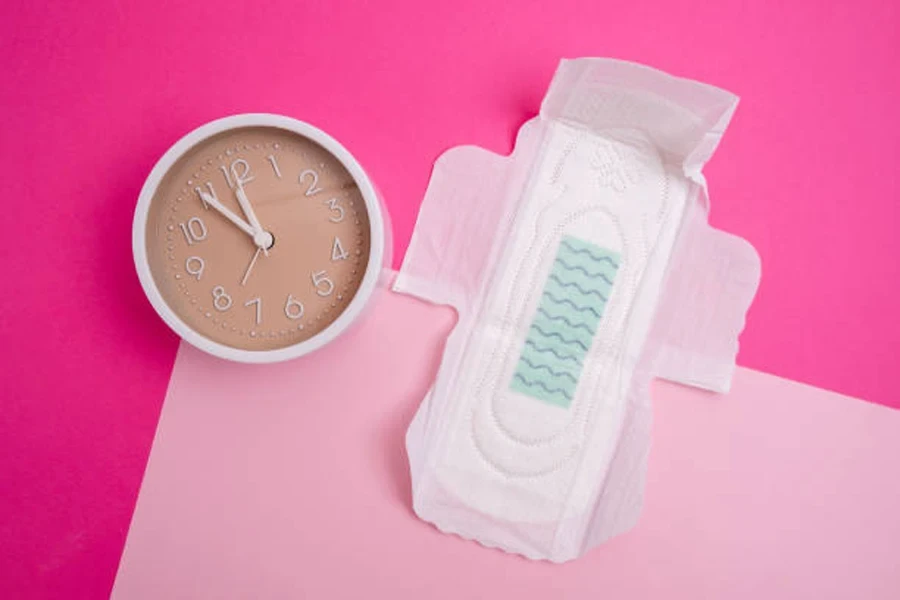
Overview of traditional pads
Traditional sanitary pads have been a staple in menstrual care for decades. These pads are typically made from a combination of absorbent materials, including cotton and synthetic fibers, designed to absorb menstrual flow efficiently. Most traditional pads come with adhesive backing, allowing them to stick securely to underwear, which enhances user comfort and prevents leakage. Different sizes and absorbency levels are available to cater to various flow intensities, ensuring that individuals can find a suitable option for their needs. The simplicity and accessibility of these pads make them a popular choice among many.
Understanding reusable and organic options
With increasing awareness around sustainability, reusable and organic sanitary pads are gaining traction. Reusable pads, often made from cloth, can be washed and reused multiple times, significantly reducing waste. They provide a comfortable alternative, as they are generally made from natural materials that are less likely to cause skin irritation. Organic pads, on the other hand, are designed without harmful chemicals, offering a more eco-friendly option. These products not only address environmental concerns but also promote health by minimizing exposure to synthetic materials. As consumers become more conscious of their choices, the demand for these alternatives continues to grow.
The role of absorbency and comfort
When selecting sanitary napkins, absorbency and comfort play crucial roles. Absorbency levels are categorized into light, regular, and heavy, ensuring that users can select a pad that matches their flow. Manufacturers often employ advanced technology to enhance absorbency, allowing for extended wear without leaks. Comfort is equally important; pads that are too thick or have rough surfaces can lead to discomfort, particularly during longer use. Many brands now focus on creating ultra-thin designs that maintain high absorbency while providing a soft, comfortable feel. This balance of absorbency and comfort is vital for maintaining user satisfaction and encouraging repeat purchases in a competitive market.
The combination of traditional, reusable, and organic options caters to a diverse range of preferences and needs, reflecting the evolving landscape of menstrual products. Understanding these categories aids in making informed decisions that align with individual values and requirements.
The sanitary napkins market in 2025
2025 Market Overview and Innovations
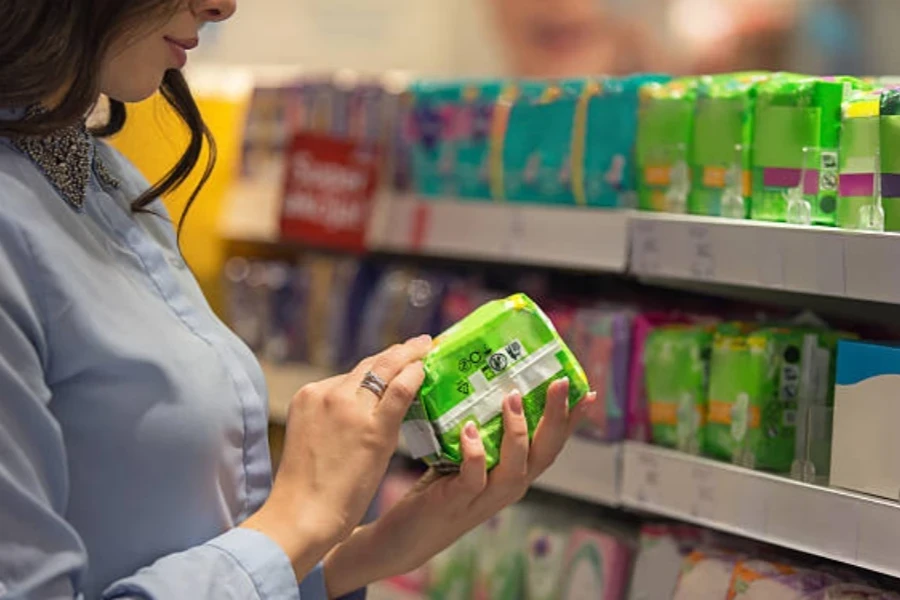
The sanitary napkins market is anticipated to experience significant growth by 2025, driven by increasing awareness of menstrual health and hygiene. The global market is projected to expand at a compound annual growth rate (CAGR) of around 5% to 7%, reflecting a burgeoning demand for innovative products. Key factors fueling this growth include rising disposable incomes, urbanization, and an evolving focus on sustainable and organic options. As consumers become more discerning, manufacturers are innovating with new materials and technologies to enhance comfort and absorbency.
Innovations in materials are at the forefront of this market transformation. Many companies are investing in biodegradable and eco-friendly alternatives, addressing environmental concerns while catering to a more health-conscious audience. This shift not only meets regulatory demands but also aligns with consumer preferences for sustainable products. Additionally, technological advancements, such as improved absorbency mechanisms and ergonomic designs, are enhancing the user experience, thereby attracting a wider customer base.
Emerging Brands and Their Market Positioning
Emerging brands are carving a niche in the market by prioritizing sustainability and organic materials, setting themselves apart from traditional options. This focus appeals to consumers who value ethical practices and transparency in sourcing, fostering trust and loyalty.
Targeted marketing strategies on social media, including influencer partnerships, further enhance their market positioning, particularly among younger audiences. As these brands grow, they compete not only on product quality but also on their ethical stance and community engagement.
In 2025, the sanitary napkins market will be shaped by innovation and sustainability. The rise of ethically focused brands will redefine consumer preferences, fostering competition and collaboration that enhances the menstrual care experience for all.
Key Considerations for Selecting Sanitary Napkins
Assessing Menstrual Flow and Pad Absorption Capabilities

Selecting the appropriate sanitary napkin requires a thorough understanding of menstrual flow and the absorption capabilities of different pads. Menstrual flow can vary significantly throughout a cycle, often peaking during the initial days. Thus, it is essential to identify absorbency levels that match these fluctuations. Pads come in various absorbency options—light, moderate, and heavy—to accommodate differing needs. Heavier flow days may necessitate frequent changes and more absorbent products, while lighter days allow for less bulky alternatives. Companies must prioritize providing a range of products to address diverse consumer needs effectively.
Importance of Materials and Hypoallergenic Options
The materials used in sanitary napkins significantly impact comfort and safety. Hypoallergenic options are increasingly sought after, particularly by individuals with sensitive skin or allergies. Pads made from natural, breathable materials can minimize irritation and enhance user comfort. Furthermore, understanding the environmental implications of materials used can also influence purchasing decisions. Materials that are biodegradable or sustainably sourced are becoming vital selling points, as consumers increasingly seek products that align with their ecological values.
Evaluating Sustainability and Environmental Impact
Sustainability is a critical factor in the selection of sanitary napkins, influencing both consumer choice and brand reputation. The environmental impact of menstrual products encompasses various factors, from production processes to end-of-life disposal. Brands that prioritize sustainable practices—such as using eco-friendly materials and minimizing packaging waste—are better positioned in the market. This shift is not merely a trend but reflects a growing consumer demand for responsibility in manufacturing. Therefore, businesses should consider the sustainability credentials of their sanitary napkin offerings to remain competitive and cater to environmentally conscious buyers.
Leading Products and Their Distinct Features
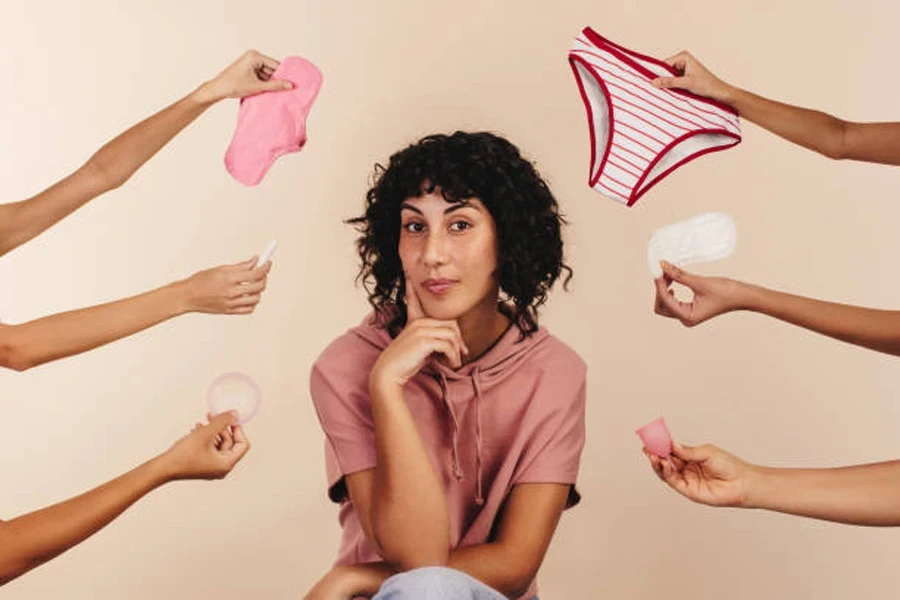
Spotlight on Top-Rated Sanitary Napkins for Heavy Flow
For those managing heavy menstrual flow, the selection of sanitary napkins is crucial. Leading products in this category often boast enhanced absorbency, allowing users to feel secure throughout the day. Many of these pads feature advanced technology, such as super-absorbent polymers that lock moisture away, minimizing leakage and providing extended wear. Additional attributes include larger surface areas and wings that ensure a snug fit, further preventing movement during physical activity.
Brands recognized for excellence typically offer various sizes and absorbency levels to cater to diverse needs. The integration of breathable materials into the design enhances comfort, reducing irritation and promoting skin health. Furthermore, the addition of moisture-wicking fabrics can keep users feeling dry, which is particularly beneficial during long hours or overnight use.
Features That Enhance Comfort and Reliability
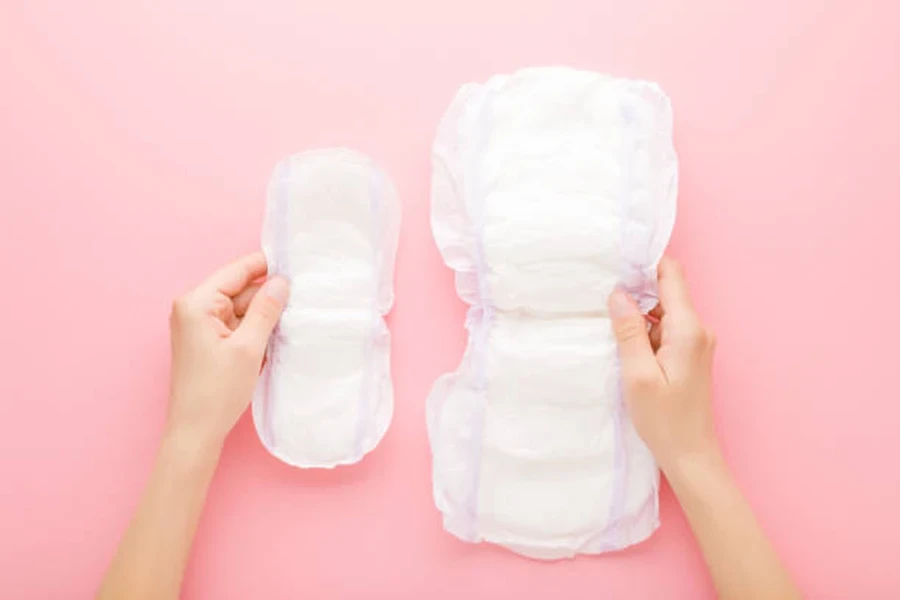
Comfort remains a top priority in the selection of sanitary napkins. Features such as soft, cotton-like covers are increasingly common, offering a gentle touch against the skin. Moreover, many top-rated products utilize hypoallergenic materials to minimize the risk of allergic reactions, appealing to individuals with sensitive skin.
The reliability of a sanitary napkin also hinges on its adhesive backing, which should provide a secure hold throughout the day. Some products incorporate innovative designs that allow for flexibility and movement without compromising protection. This blend of comfort and performance positions these napkins as leading choices for those who prioritize both functionality and ease of use.
Comparison of Reusable Versus Disposable Options
The debate between reusable and disposable sanitary napkins is ongoing, with each option presenting unique advantages. Disposable pads offer convenience and ease of use, requiring no special care after use, which appeals to a wide audience. They are designed for single use, ensuring hygiene and reducing the risk of bacterial growth.
On the other hand, reusable sanitary napkins are gaining traction due to their eco-friendly nature and cost-effectiveness over time. Made from washable fabrics, these pads can be cleaned and reused, contributing to a reduction in environmental waste. Additionally, many reusable options are crafted from organic materials, further enhancing their appeal to environmentally conscious consumers.
The choice between these options ultimately hinges on personal preferences regarding sustainability, convenience, and comfort. As the market evolves, consumers can expect to see innovations that blend the benefits of both types, catering to a broader range of needs and preferences.
Conclusion
Making informed choices regarding sanitary napkins is crucial for enhancing menstrual health and comfort in 2025. With a range of products available—from traditional to innovative reusable options—users can select based on personal needs, flow levels, and sustainability concerns. Emphasizing features like absorbency, materials, and overall comfort can significantly impact the user experience. By staying attuned to market trends and product advancements, individuals can ensure they are equipped with the best options for their health and well-being.


